'Sunshine' fluorescent bulbs
squeakmommy
17 years ago
Related Stories
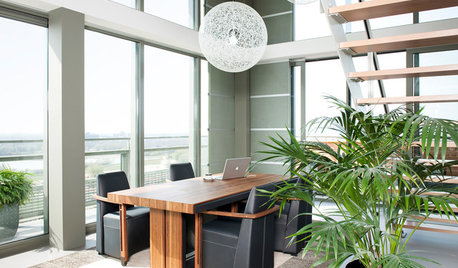
HOUSEPLANTSMeet a Palm That's Fine With Fluorescent Light
Get the look of the tropics without the full-on sun and high humidity — parlor palm tolerates regular indoor conditions with aplomb
Full Story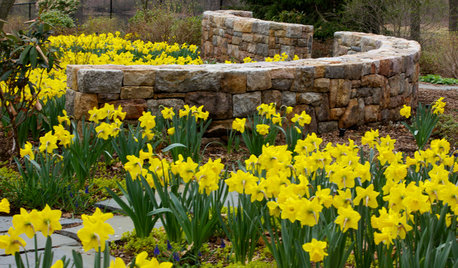
GARDENING GUIDES10 Beautiful Ways to Landscape With Bulbs
Planting bulbs wisely in fall can turn a spring garden glorious with joyful colors and profuse blooms that last through summer
Full Story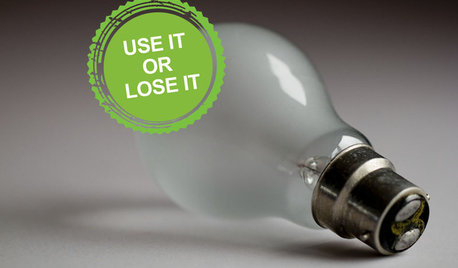
DECORATING GUIDESLose It: How to Get Rid of Old Light Bulbs
When the light goes out, you'll want to get rid of the bulb safely. Here's how
Full Story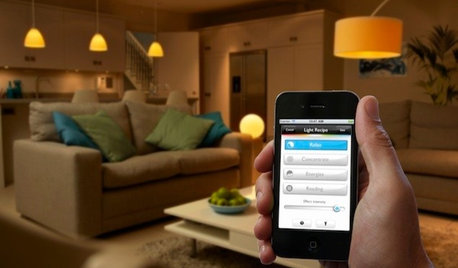
HOME TECHHere's a Bright Idea: Smart Bulbs for Better Lighting
Lightbulbs that can change brightness and color with a cell phone command show flashes of design brilliance
Full Story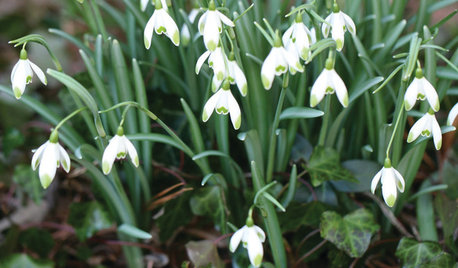
WINTER GARDENINGGreat Design Plant: Snowdrops Offer a Spring Peek
Braving snow and ice, these little white charmers are a sure shot of sunshine in the winter garden
Full Story
FUN HOUZZ10 Things People Really Don’t Want in Their Homes
No love lost over fluorescent lights? No shocker there. But some of these other hated items may surprise you
Full Story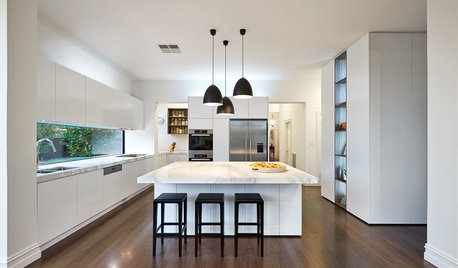
LIGHTING8 Creative Lighting Solutions for Food Prep
Get all the task illumination you need while distracting the eye from fluorescents, following the lead of the kitchens here
Full Story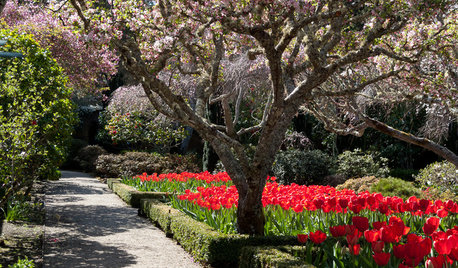
PLANTING IDEASEasygoing Tulip Ideas From a Grand California Garden
Gather up these ways to use tulips to make a spring garden of any size overflow with beauty
Full Story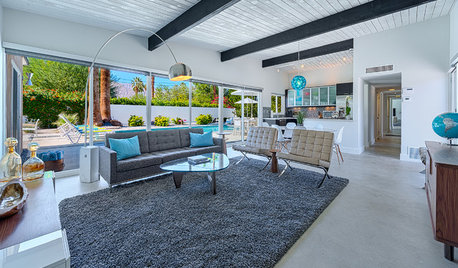
LIGHTINGBask in Lamplight's Comfort This Season
Get pro insight on lamp styles, shades and ever-confusing bulbs to enjoy the benefits of lamplight on long, cold nights
Full Story
SPRING GARDENINGTop 10 Scented Plants for Your Garden
A palette of perfumed plants can transform even the smallest of gardens into a sensory delight
Full StoryMore Discussions






zone5girl
shrubs_n_bulbs
Related Professionals
Maple Heights Landscape Architects & Landscape Designers · Wake Forest Landscape Contractors · Arden-Arcade Landscape Contractors · Elmhurst Landscape Contractors · Pikesville Landscape Contractors · Tamarac Landscape Contractors · Silver Firs Landscape Contractors · Brooklyn Fence Contractors · East Peoria Fence Contractors · Goose Creek Fence Contractors · Novato Fence Contractors · Ridgefield Park Fence Contractors · San Lorenzo Fence Contractors · Stamford Roofing & Gutters · Wilmette Roofing & Guttersandalee
shrubs_n_bulbs
squeakmommyOriginal Author
watergal
squeakmommyOriginal Author
shrubs_n_bulbs
jimnall
shrubs_n_bulbs
watergal